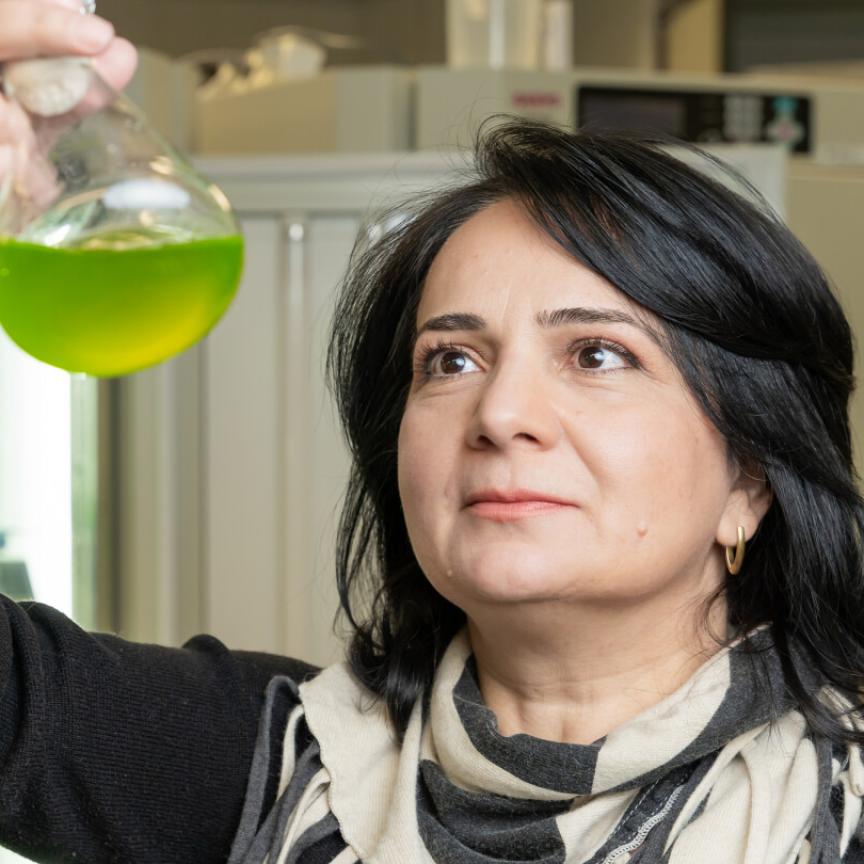Photonic integrated circuits (PICs) are being developed to detect small variations in Earth’s gravity from space as part of ongoing environmental monitoring efforts.
As the climate of our planet shifts – with temperatures changing, the ice caps melting and sea levels rising – so too do the gravitational forces around Earth and in outer space.
Atoms orbiting the Earth can react to such gravitational changes, and so by measuring those reactions, it is possible to obtain readings of important climate factors: sea level rise, rate of ice melt, changes in land water resources and ocean heat storage changes, etc.
In order to detect such minute gravitational changes, a collaboration of researchers are developing new, miniaturised quantum sensing technologies that can be deployed in space.
The work is being done as part of NASA’s newly funded Quantum Pathways Institute, led by the University of Texas at Austin. The institute, which will receive $15 million over the next five years, also includes researchers from University of California Santa Barbara, University of Colorado Boulder, the California Institute of Technology and the US National Institute for Standards and Technology (NIST).
The challenge for the Institute is two-fold. Firstly, it must develop and miniaturise new quantum sensing technologies. “In order to do this, we have to take the lasers and photonics and modulators and control electronics that make up 90% of the atom experiments here on Earth, and work really hard to get all that precision onto small, low-power chips that can be deployed in space,” said Daniel Blumenthal, a UC Santa Barbara professor of electrical and computer engineering, whose expertise lies in quantum photonic integration, optical and communications technologies. He will be working on developing the PICs for the compact chips designed to measure small variations in Earth’s gravity from space. This will involve moving a shaken lattice interferometer structure developed at the University of Colorado down to the chip scale. This type of atomic interferometer sensor uses many lasers and optics to cool and trap the atoms to measure gravity gradients with extremely high sensitivity.
Secondly, the institute must then make the new sensing technology resistant to the extreme environment of space.
“You can't have manual maintenance in space – once you send something out, it's out of reach; you cannot see it,” said Srinivas Bettadpur, leader of the new project and director of the Center for Space Research at UT Austin. “You have to put in a great deal of work to make sure the instrument will fly and the technology will function for several years, at least, to enable the discoveries.” As part of this work, Ufuk Topcu, an associate professor at UT Austin’s Department of Aerospace Engineering and Engineering Mechanics, will develop models for quantum sensing systems that can be used to improve their reliability and autonomous operation – both of which are key requirements for space-based technologies.
Beyond gravitational sensing to assess Earth’s climate, Blumenthal sees the space-based technology under development eventually being deployed for other, Earth-based applications, as well as for future space exploration purposes.
“It could be on the Space Station, or geostationary satellites,” he said. “Or they could be sent to Jupiter or Venus or Mars to map out the gravity of those planets.”


